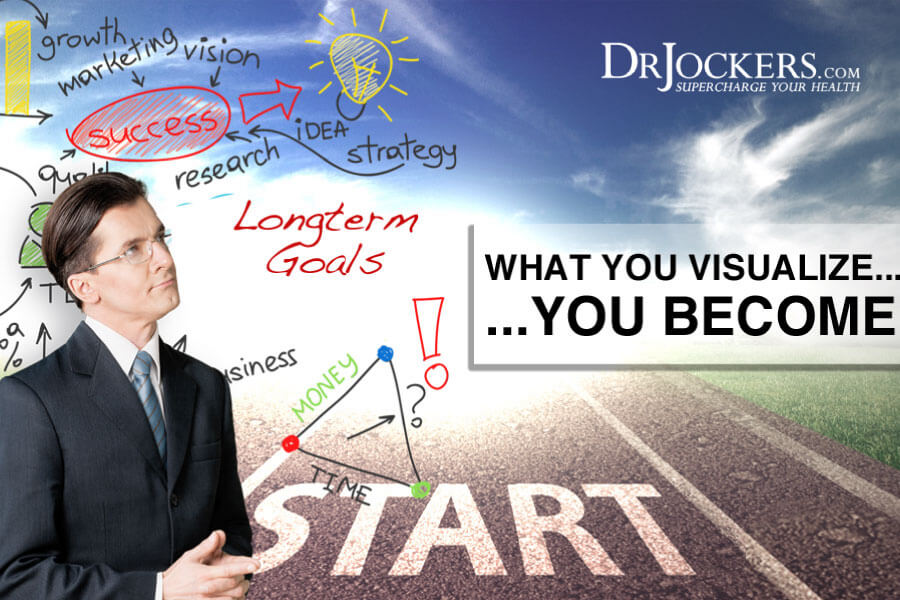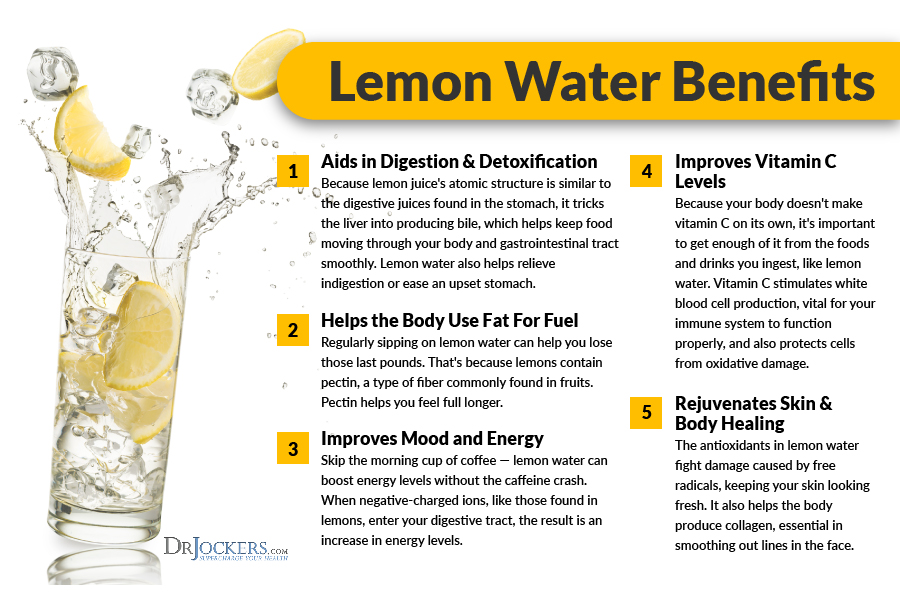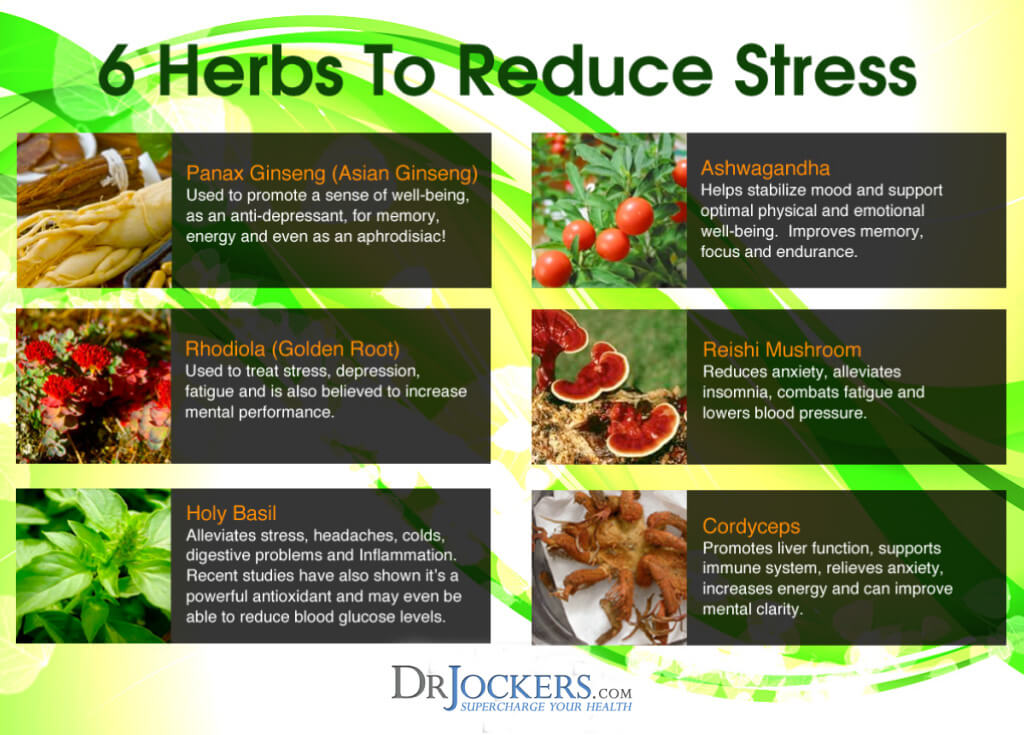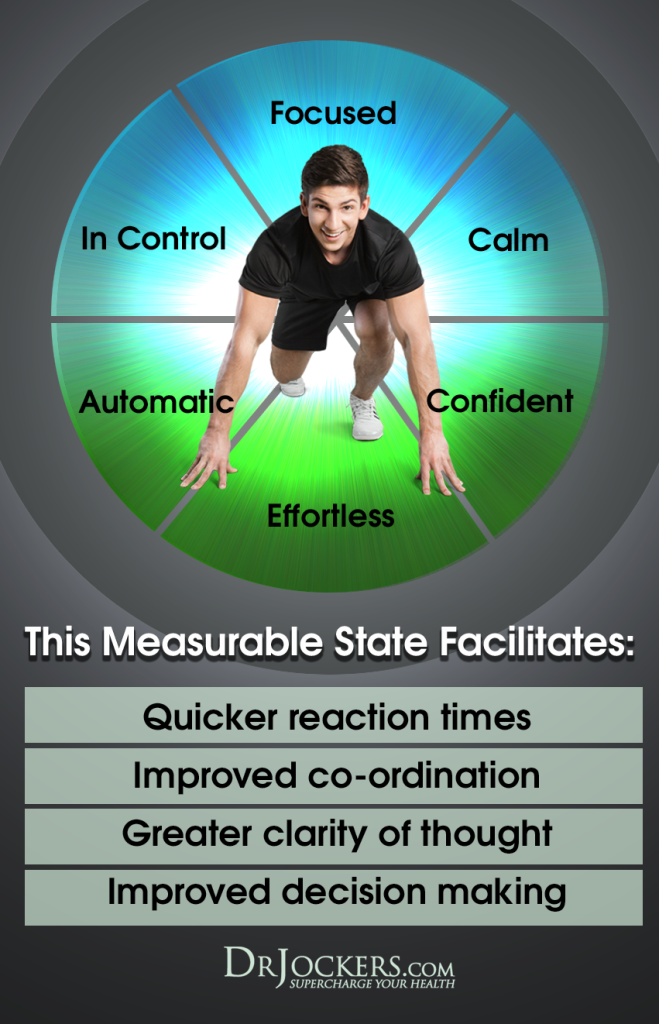
Thriving Under Stress:
Everyone is under stress during the course of the day as they pursue their life endeavors. Some individuals allow the daily stresses to beat them down while others seem to thrive in the midst of their stress. The way you think, move and eat will play a significant role in your ability to be in a state of thriving under stress.
Mental and emotional stress has the ability to elevate an individual’s life or to destroy it. The result depends upon the preparation, adaptation and recovery process the individual is able to go through with the particular stressor. In order to truly be thriving under stress during your life you need to focus on
- Thinking Strong
- Eating Strong
- Hydrating Strong
- Moving Strong

Is Stress Really a Negative Thing?
Hans Selye developed the term “stress” and defined it as a “non-specific response of the body to any demand for change.” Stress can be very positive for the body and that is called “Eu-Stress.” An example of eustress would be high-intensity exercise where the body is aggressively challenged but later adapts and becomes stronger and more resilient through that stress (1).
Distress refers to either an enormous stress or chronic stress that the body is unable to effectively adapt too. Distress overwhelms the body and leads to unsuccessful adaptation and accelerated aging processes (2).
So our quality of life, our aging process and our overall life experience come down to how well we are adapting to stress. About 80% of our daily stressors can be used as eustressors that enhance our functionality. Here are the key steps and advanced strategies to adapt to stress more effectively and take your distress and turn it into eustress.

Adapting Strong:
Stress can make us stronger and more resilient to the stressors of life or it can wear us down and make us weaker and more sensitive to life stressors. So how do we train our mind, body and spirit in order to adapt to get stronger and truly be thriving in life?
We can use specific strategies to think, eat, hydrate and move for strength and resilience. This begins by taking on the mindset of self-responsibility and self-empowerment.
Most people are living their lives, hoping and believing that life will get easier. Many people go through the week in anticipation of the end of the work day, the weekend, the next vacation or they work their whole lives counting down the years until they can retire. In these circumstances, there is no pressure to perform or get better. Everything is based around time and outside circumstances.
The adapt strong mindset says, “life will never get easier, but I can get better and stronger.” Better at handling stress, better at being patient, listening and caring for my body and better in my relationships, more disciplined, etc. The emphasis is on us stepping up, which puts a healthy pressure on us and allows us to rise up and truly improve our lives.
Thinking Strong:
Adapting well to stress begins with your mindset. Most people are focusing too much on their stress and worry about all the uncertainties in their life. To be in a state of thriving under stress you must have confidence that you can overcome the hurdle. We call this “thinking strong,” as you will improve your mental, emotional and physical strength merely by thinking differently.
Developing prayers and affirmative statements that instill hope can infuse you with new found energy that helps you think more creatively about the unique challenge. Overtime, this will help you deal with stressors and challenges more effectively, which will give you confidence in most every area of life. There is no better feeling than when you are truly thriving no matter the circumstances in your life.

The Power of Visualization:
Visualization is a simple and enjoyable process we can do at almost any time throughout the day. Visualization on previous successes and anchoring these emotional moments into your physiology may be the best way to prepare you to overcome the mental hurdles and challenges in life.
We have all had success at certain times in our life and if we can recall a great success we had that gave you an exhilarating emotional charge than we can anchor back into these empowering emotions. Simply take time to visualize in your mind’s eye and re-experience the success and the emotional charge and then anchor it into your physical body through a certain posture or physical activity.
An example of a physical gesture or posture would be to clench your fist or draw your shoulders back as you experience the emotional charge. This provides a physical cue that your body will become to link with the emotional state you put yourself in through the visualization.
Repeat this visualization and activity again and again until you can recall the emotional charge immediately when you do the physical activity that is anchored to it. This will help you get into “state” where you feel powerful and present in your body and mind and ready to handle life at your highest level.
You will not be in this state at all times, use it for key circumstances and over time you will get better and better at getting into it quickly and effectively. Continually changing your state to get into this emotionally charged physiology will give you incredible mental/emotional leverage that you can use anytime you feel over burdened or stressed about a life circumstance.
Eating Strong:
The food we eat either gives us energy and strength or makes us weak. Sugar and processed foods overstimulate our body, increase inflammation and weaken us. Foods rich in phytonutrients, trace minerals and healthy fats help to strengthen our body. In order to be thriving in life, we must eat foods that strengthen our bodies.
Below are a list of foods that will help strengthen most bodies. This is a general list, and it can have many variabilities for each individual based around their own unique food sensitivities. In most cases, people notice immediate improvements in energy, mental clarity and happiness upon removing sugar and processed foods and using this food chart to meal plan. However, in some cases, we need to use a more advanced elimination diet in order to get the desired results.

Hydrating Strong:
As important as good food is for overall health, it is even more important to drink lots of clean water. Eating and digesting food is an energy demanding process on the body and there is metabolic waste that is produced as a result.
This means that when we eat food, we have to use energy within our digestive system in order to metabolize the food and there are waste products that are produced as a result. The digestive system demands a lot of our energy in order to effectively digest our food. When we are eating large meals and then expecting to move and think sharply, we will be competing with the need for digestive energy and we will compromise both our overall performance and our digestive abilities.
Hydration along with trace minerals and anti-oxidants helps provide clean energy for the body without the production of metabolic waste. We should focus on hydration during periods of the day when we need high performance. Drink 8-16oz of water with a pinch of good salts and either fresh squeezed lemon or essential oils every 1-2 hours to keep your energy high during times where you need to perform well.
It is best to eat our larger meals at a period of time that is focused on rest and relaxation. Food provides key nutrients to help our body recover and adapt to stress. It takes roughly 3-4 hours to digest a larger meal, so I recommend consuming more of our larger meals in the evening after we have performed and worked during the day. If you work in the evening, but have the morning off or a siesta each day around lunchtime, than you can eat your larger meal during that time.

Move Strong:
Movement is essential for all life and health. Good movement patterns are key for overall health. For individuals struggling with adrenal fatigue, we want to move the body at a low intensity. This would include walking, stretching, light yoga, light cycling, etc. These low-intensity movements are anti-inflammatory and help the body to heal and recover from stress.
Another element of moving strong, is focusing on deep breathing. The average human being breaths between 12 – 18 breaths a minute. That equates to 18,000 to 26,000 breaths every 24 hours.
It has been suggested that at rest we should consume 6 breaths in a minute to supply our needs. The extra activity involved in our short, shallow breathing habits is robbing us of precious energy, producing toxic waste products and promoting disease in our bodies. Taking time to practice deep breathing helps our body to build the vital reserve we need to be in a state of thriving the next time we encounter stress.

Challenging Your Body:
Once you feel like your adrenal glands are under control, it is time to stress your body more in order to adapt and grow stronger. This would include sprint training and resistance training. It is vitally important to prioritize rest and recovery as you begin to train higher. This is especially true as you get into your 30’s and beyond. Your results are more dependent upon your recovery process than your training regimen.
High-intensity fitness enhances the bodies ability to be in a state of thriving under stress. When you train at 100% of your maximal intensity level for short periods of time it stimulates the body to work more efficiently at those very high rates. High intensity training increases one’s reserve capacity or the ability to effectively raise heart rate and breathing rates very quickly and efficiently (3).
Individuals with lower reserve capacity are more at risk for anxiety attacks, passing out and hyperventilating. Improving reserve capacity enhances an individual’s ability to adapt to stressful events with greater ease and composure (4). This is essence of thriving under stress!!
Sprints and other high-intensity work has been shown to improve oxygen uptake better than endurance training. The body adapts to intense training by adding new capillaries, developing stronger heart and lung tissue, adding more energy producing mitochondria and increasing the bodies’ tolerance to high levels of lactic acid accumulation (5).

Spinal Care to Move Strong:
One of the major physical stressors we are all under on a consistent basis is gravity. When our spine is in slouched or awkward positions, gravity can create spinal misalignments called subluxations.
Subluxations are a physical stress on the body and therefore increase the stress response. If subluxations are not corrected within several days, they continue to produce this increased stress response, which weakens our physiology ability to adapt stronger (6, 7).
Chiropractic adjustments have been shown to reduce subluxations and improve the bodies ability to adapt and heal effectively (8, 9, 10). Research performed by Taylor, Haavik & Murphy demonstrated that chiropractic adjustments have the ability to enhance sensorimotor integration, which is the bodies ability to sense where it is in space and effectively coordinate complex movement patterns (11,12, 13, 14).
This improves the bodies ability to adapt to stress and perform at a higher level. Improved spatial intelligence translates into better physical and mental balance, coordination, and mobility. Chiropractic adjustments to reduce subluxation help you to think and move with better speed, skill, and finesse. This can make a huge difference in your ability to live in a state of thriving.

Using Adaptogenic Herbs:
Herbal adaptogens are especially good at helping the body to modulate stress levels. They do this by modulating the production of stress hormones like cortisol and adrenaline. Some of the best adaptogenic herbs are holy basil, rhodiola, ashwaghanda, ginseng and astragalus.
One of the key components that adaptogenic herbs offer is their ability to lower and stabilize cortisol levels (15, 16). High cortisol drains the precursors to major hormones such as testosterone, progesterone and estrogen. With less than adequate raw materials, the body becomes sex hormone deficient. This process rapidly accelerates the aging process and makes an individual’s life miserable.

Normalized Cortisol Levels:
Healthy individuals have stable cortisol levels that naturally spike in the morning and then level off and stay consistently low during the day before tapering at night. This allows us to wake up with energy in the morning and maintain that energy until nightfall when we should naturally be gearing down and getting ready for sleep.
Stable cortisol levels result in improved mental clarity, memory and a sense of thriving. The individual feels as though they are less agitated and anxious and therefore able to perform better and have higher quality of life. Adaptogens can be used in herbal tinctures, teas and supplements. My favorite adaptogenic supplement that I use with my clients to help them adapt to stress and create a lifestyle of thriving is Adapt-Strong here






Valuable ideas . I Appreciate the details ! Does anyone know if my company would be able to access a fillable CA FTB 590 form to work with ?
I am not sure Shawn, sorry about that!
Wish you had pintrest to share too. ?
Hello, Dr.J: do you think a person my age has a chance to recover from HPA axis dysfunction? I’m 73 and lived with stress all my life…never known peace and serenity.
Hey Robyn, You can absolutely support your adrenals! Have you read the tips in this article? Praying for you. https://drjockers.com/adrenal-health/
I guess I wanted to know specifically about recovery…not support. Have you known anybody my age who recovered from Adrenal Fatigue?
Your reply appreciated.
Yes it is possible Robyn and I have seen people of all ages get better. However, you may have suffered early childhood trauma and I would recommend working with people who can help you heal from these wounds. Here is a helpful article: https://drjockers.com/effective-childhood-trauma-recovery/
Does getting better mean recovery..to me it’s not the same thing..i am better, but not recovered..thanks for the link.